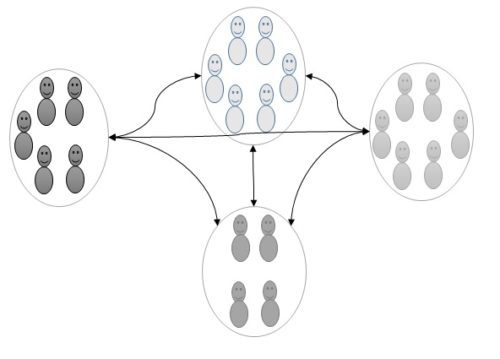
Agilemania
Agilemania, a small group of passionate Lean-Agile-DevOps consultants and trainers, is the most tru... Read more
![]() Get Your AI-Enabled Scrum Master Certification for Just ₹1,500 (Save 85%)!
Get Your AI-Enabled Scrum Master Certification for Just ₹1,500 (Save 85%)!
Scrum.Org
SAFe®
ICAgile
Scrum Alliance
Technical Agility
Kanban
Business Analysis
Project Management
AI-Enabled
Scrum.Org
SAFe®
ICAgile
Scrum Alliance
Technical Agility
Kanban
Business Analysis
Project Management
AI-Enabled

Agilemania
Agilemania, a small group of passionate Lean-Agile-DevOps consultants and trainers, is the most tru... Read more

I presented my experience with LeSS (Large-Scale Scrum) implementation through various conferences this year. Got very good feedback as well. But people were having many questions regarding team coordination so thought of sharing my experience here. See below some of the most frequently asked questions.
2 years back I started working with a captive unit as an agile coach and did fairly well within 8 months of engagement. Helped team to adopt a LeSS-like structure with 120 people.
There we encountered similar scenarios about managing dependencies with multiple scrum teams. Yes we went through basic steps. Why there are so many dependencies?
How to avoid those by multi-team refinement and planning? How engineering practices like A-TDD and CI can help here? We did lot many experiments to reduce dependencies but still, there were dependencies.
We accepted the fact that there will be some dependencies so better to figure out ways to address those effectively.
Agilemania, a small group of passionate Lean-Agile-DevOps consultants and trainers, is the most trusted brand for digital transformations in South and South-East Asia.
WhatsApp Us

We will get back to you soon!
For a detailed enquiry, please write to us at connect@agilemania.com

